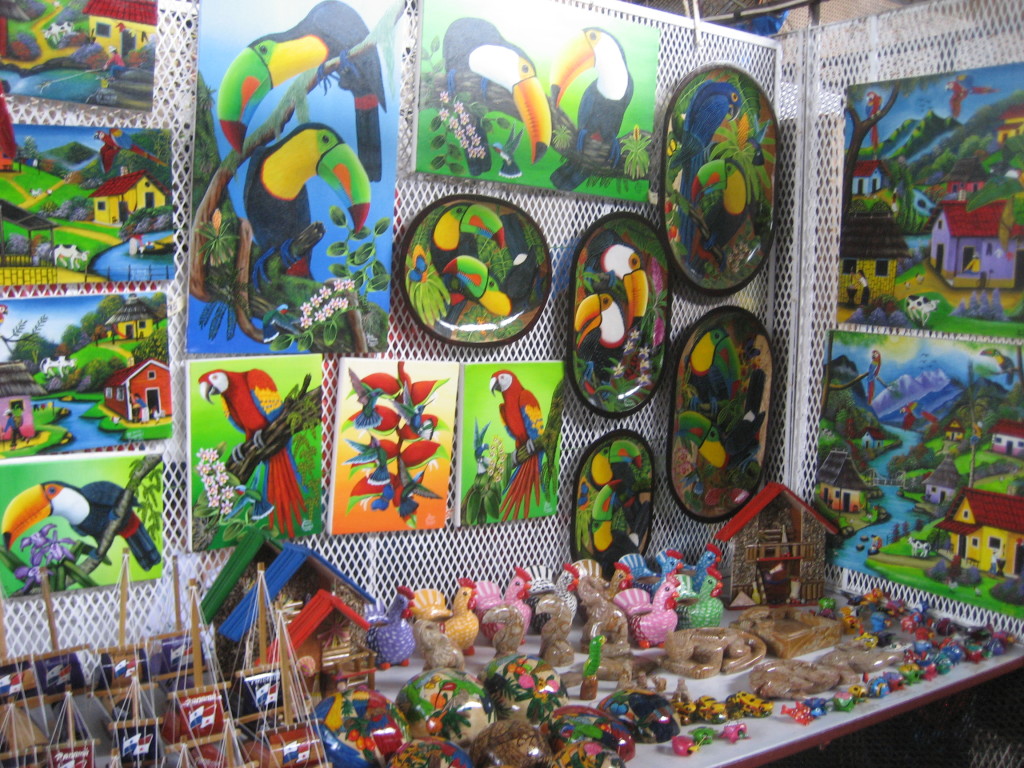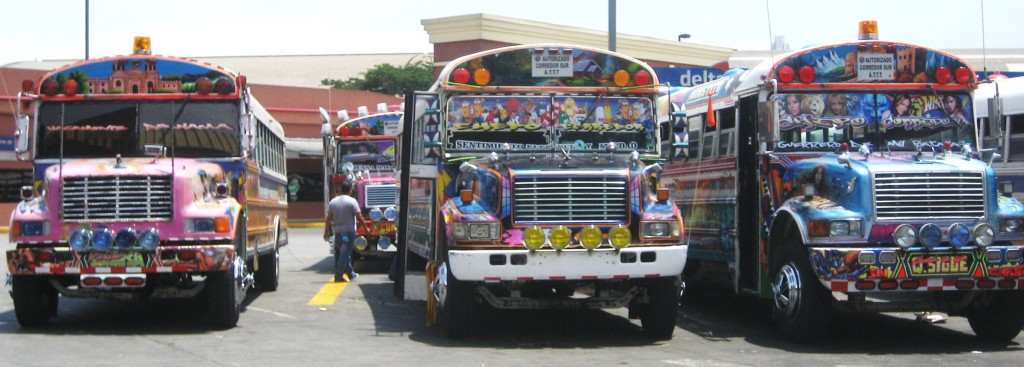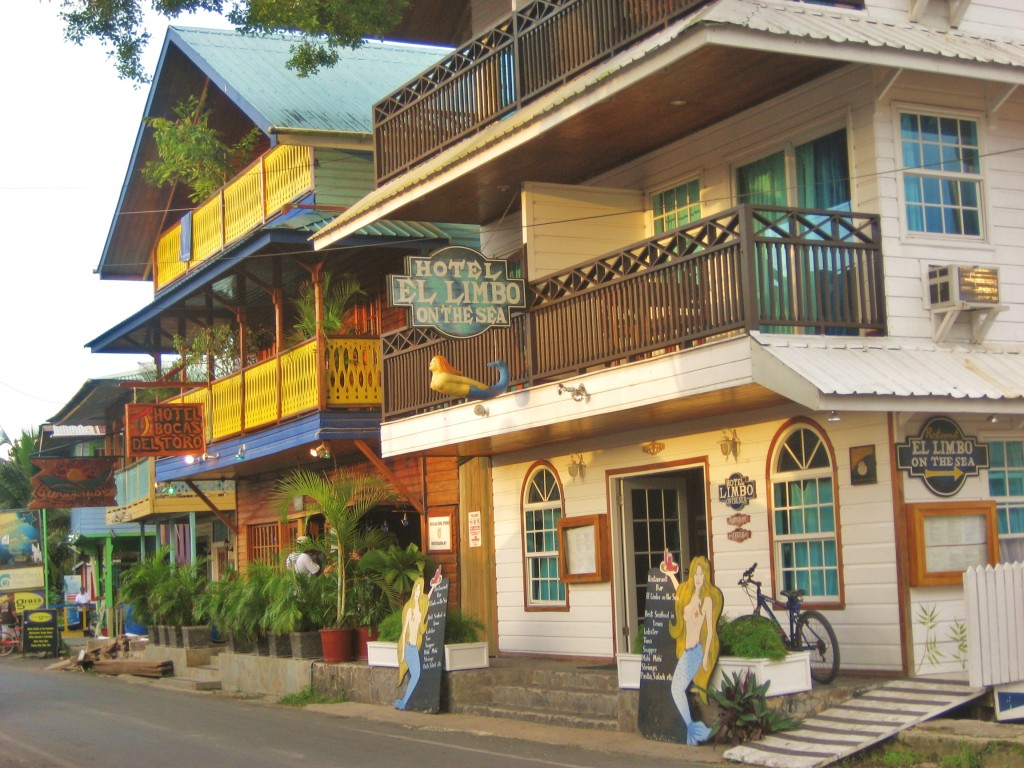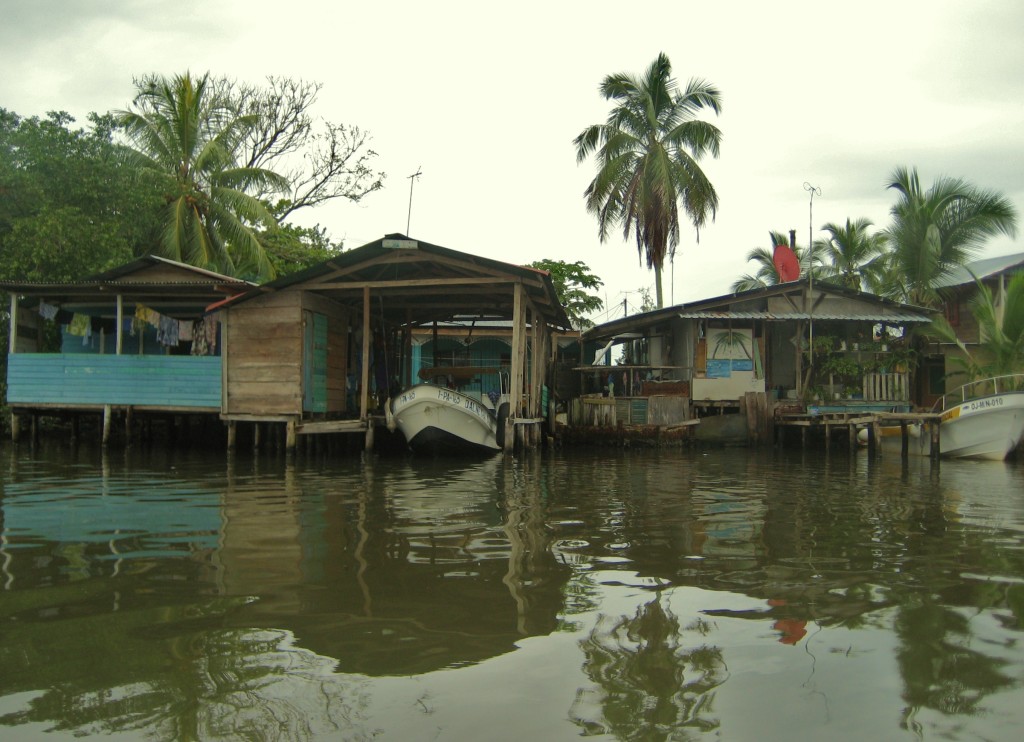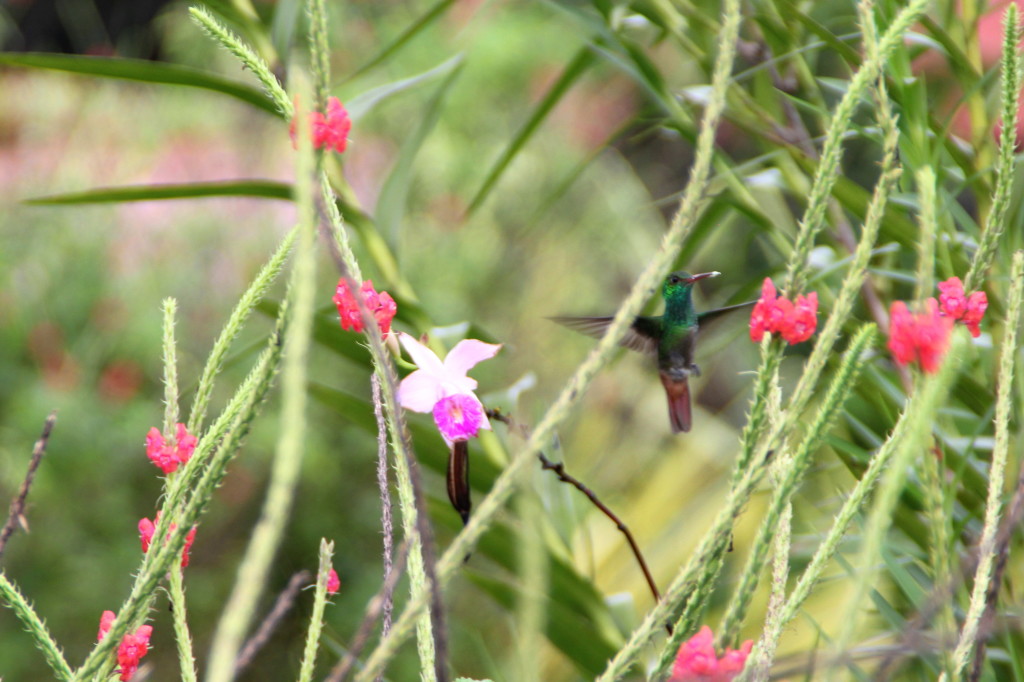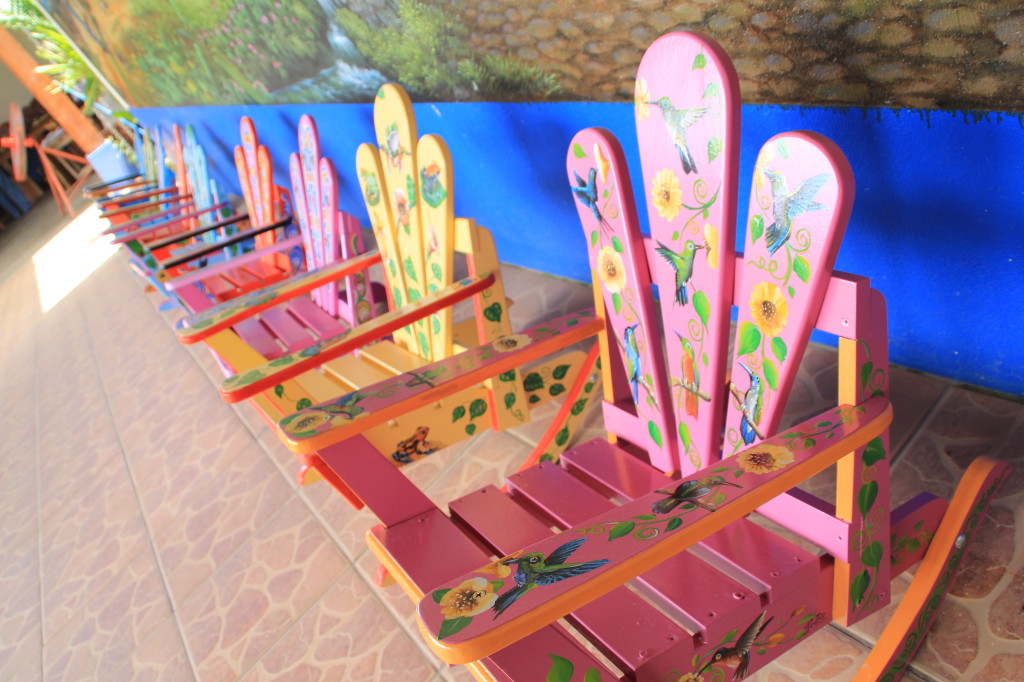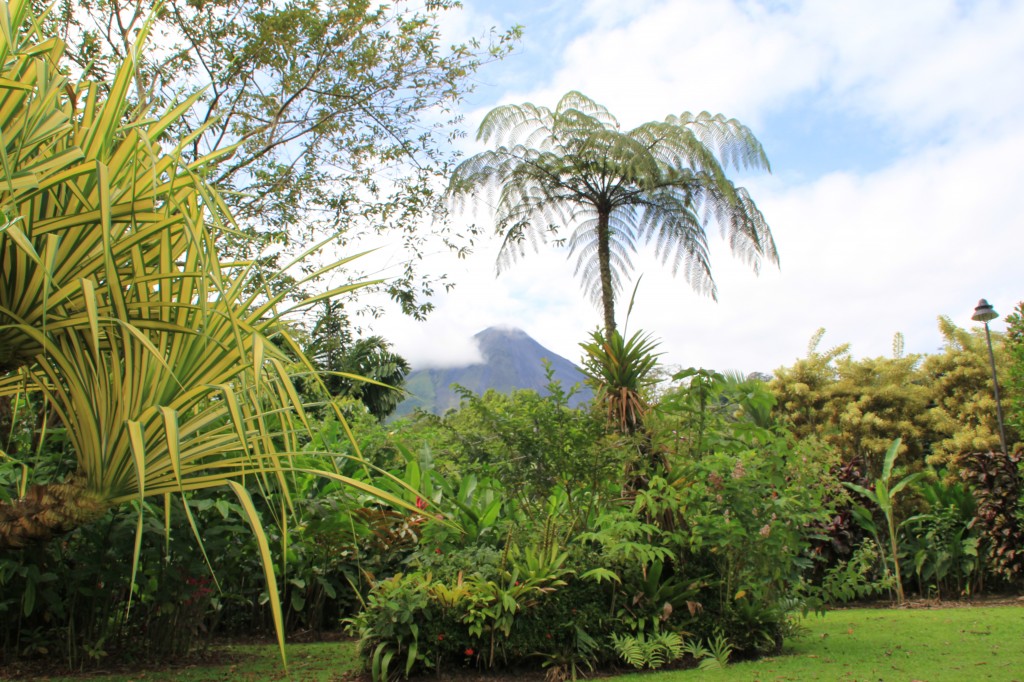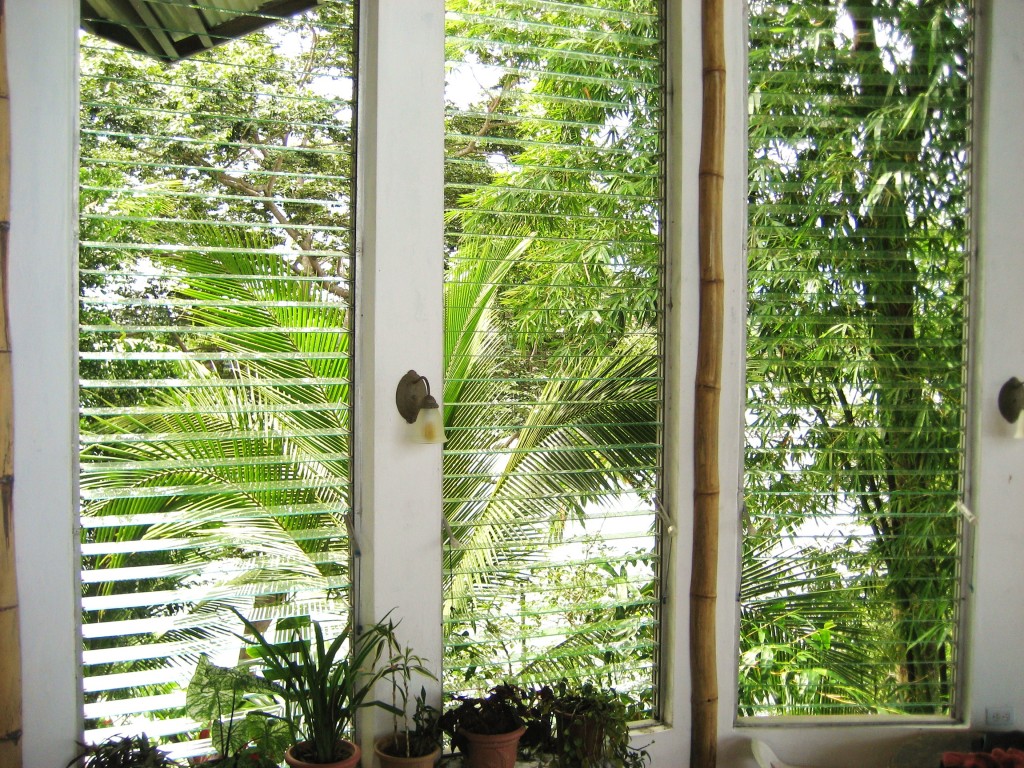Semana Santa, 1997. Holy week. I rolled into dusty little Sixaola at Costa Rica’s southeastern border with Panama Wednesday afternoon on what I had known to be one but turned out to be two flat tires. Having already replaced one, roadside, with the only spare a couple of hours back, this chalked up a total of three. I pulled into a little tire repair shop at the beginning of town. The owner was a kind, easy going gentlemen who quoted me $12 each to change the tires, and $6 total to park the vehicle there until my return from Bocas del Toro on Sunday. There were few phones and Internet was pretty much non-existent in the area at the time. People just drove to Sixaola and found a place to park for a small fee. Across the border, which consisted of a bridge over a river mouth, small guard hut, and two seat immigration shack was a large store with pretty much anything one would need, including tires. The owner of the taller (tie-yere, mechanic shop) sent his little boy along to carry the tires back. He was a wide eyed, polite and talkative young boy, probably in the range of 7-10 years old. When we reached the Panama side of the bridge, two guards stood duty making sure all were checked at the immigration shack before continuing. Apparently, the one and only immigration officer on duty was out on break. Eventually they returned and we continued to the store, bought the tires, and walked back to the bridge. Of course, the second we walked out of the store someone approached, asked my name, claimed he was also a Michael, and offered to take the tires across the river by boat and carry them to the taller for my young helper. For a fee of course, $5 or $10 or something. I declined, knowing I was well within the $500 per 6 month limit. Nevertheless, he continued to accompany. At the bridge, two guards stood in my path and politely gestured no, stating I could not bring the tires through. While they tried to tell me bringing goods across was not allowed, “Michael”, standing right there with us, assured me he would take them across the river by boat where “they would not see him.” I could not help but break a smile as I looked back the guards and asked them how I was to get my tires into Costa Rica then. They simply pointed to Michael, as if there was nothing odd about what had just been said. No finesse with these scoundrels. Considering my surroundings, the debate was short and soft, simply stating the rules and asking why they would not allow it. A question they would not answer of course. I recognized the gig, thought one of them even bared a resemblance to “Michael,” and noticed a stream of little boats crossing the water below with all kinds of goods. I took my little helper aside and asked if he knew “Michael” and believed he would bring the tires, and he shook his head yes. I gave my helper the money, told him to take it to his father to give to Michael when he delivered the tires. The tires were worth more than the fee I was paying to have them visibly smuggled, so I was not overly confident they would make it (nor that my truck would even be there upon return for that matter). Running short on time and not looking to turn back now, I hired a taxi to make up for lost time getting to the boat dock in Almirante. I was not aware of any boat schedule, but my driver apparently was and he kept the peddle down. The drive was scenic on paved road with indigenous homes dotting the hillsides. Arriving at the dock in Almirante, people were climbing on board the one and only boat. My taxi driver alerted them with yell and motioned for me to go. Within a few steps from the taxi I was swarmed with young, scantily clad barefoot children chattering and holding their hands out. The boat captain was waiving his arms to join them in the boat, so I did not stop, just held my bag a little higher and kept a hand by my pocket and continued to the boat. The children followed right up to the boat. I opened my bag as I was sitting down, pulled out a carton of cookies and watched their eyes widen. I asked them if they would promise to share. Wide eyed and in unison they were all shaking their heads saying “si.” I handed the carton to a little boy in red shorts as the boat was pulling away and sat down before I fell down. The little boy and I retained eye contact for quite some time as the boat pulled away, to his right. Dirty faced, barefoot and squatting at the edge of the dock as far as his knees would bend he held a cookie in his right hand, eating it slowly and watching me with a somewhat blank, curious expression, as if not concerned with the others attacking the carton he held up for them with his left hand. If ever in my life there has ever been a moment where I wished to be a National Geographic photographer, this was it. The image has been clearly ingrained in my mind forever. If I were a talented artist I swear the painting would make the cover. JT, long time expat, travel agent, and good friend in San José had been recommending for some time I visit Bocas del Toro, before it changed too much. Making reservations was not a typical practice in the region, and somewhat of a strange one to the locals. Bocas del Toro at the time had one hotel, and a couple of rooms could be found for rent on the main island of Colón.
